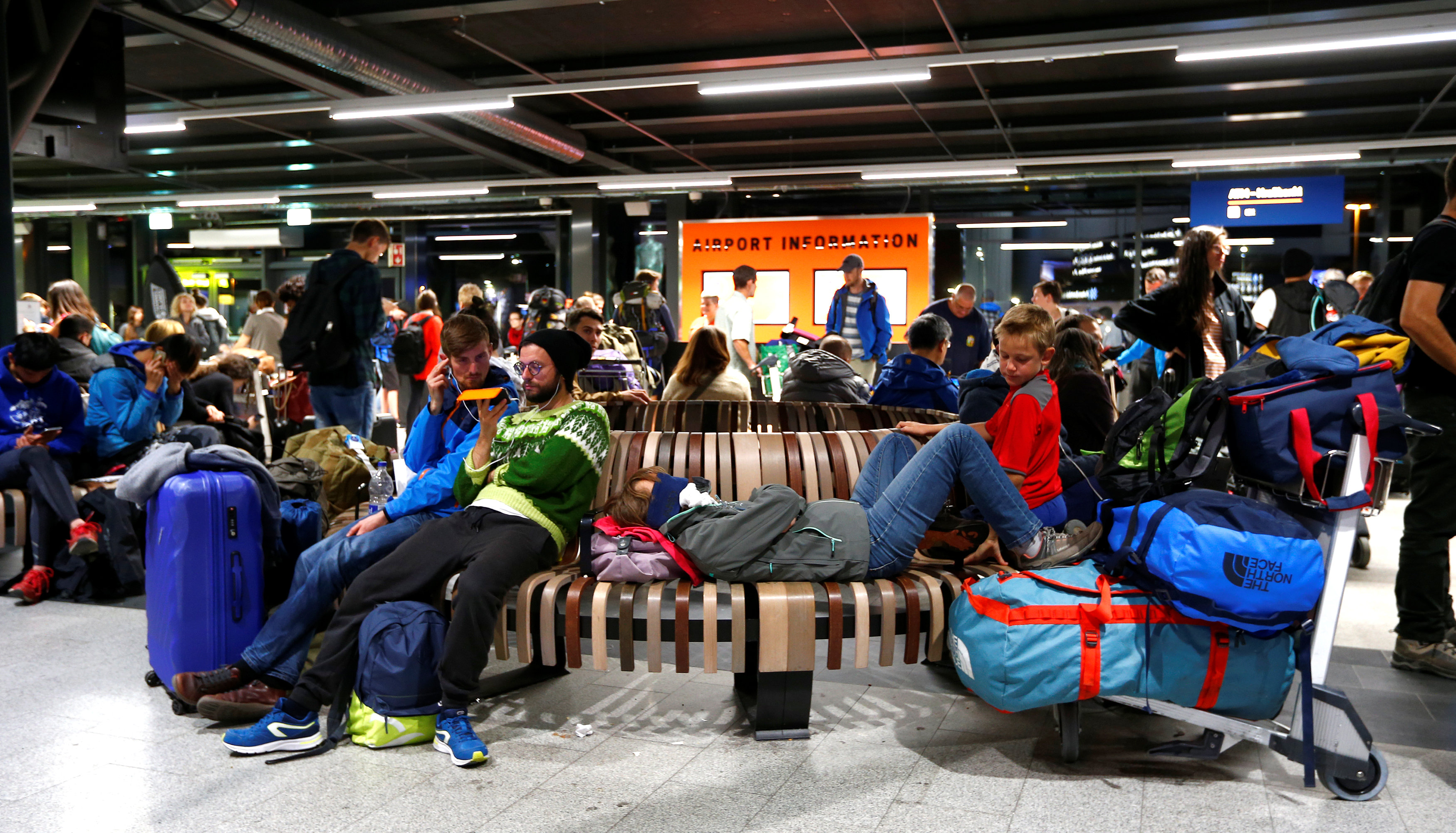Iceland reports fewer visitors, longer stays in 2019
Iceland receives nearly a million more foreign visitors each year than was predicted in 2009.

For the first time in nine years, the number of foreigners landing in Iceland’s Keflavík airport declined in 2019, falling to just under 2 million people, according to Ferðamálastofa, the national tourism board.
With close to 99 percent of foreign arrivals landing in Keflavík, the number is used as a proxy for the number of tourists visiting the country.
Despite falling 14.2 percent year-on-year, the number of foreign visitors — 1,986,153 — was still the third highest figure on record.
[For Northern destinations, dealing with tourism can be an exercise in crowd control]
The decline was softened somewhat by growth in the length of stays, to 6.6 nights per visitor, though there was still an overall decline of 3.1 percent in the number of nights spent in Iceland last year.
Visitors originating from the United States remained the largest single group, though that number fell by about a third. The number of Canadian visitors fell by a similar amount.
Passengers from the UK continued as the second-largest group, declining by only 12.1 percent.
Tourists from Germany, the third-largest country of origin, also declined slightly, but China, which which sent the fourth-largest number of tourists, saw an increase of about 11 percent.
Iceland’s tourism industry has grown at a phenomenal 25 percent annual rate in recent years, far outpacing Ferðamálastofa’s 2009 prediction of 8.9 annual growth, and 1.2 million visitors each year by 2020.
[Fear about coronavirus could hurt Arctic tourism]
The economic and social impacts have also been significant. In 2003, the 300,000 foreign arrivals generated 16 percent of foreign income. By 2017, the first year the number of visitors passed two million, the amount had swelled to 42 percent, a value that was double fish and aluminium products combined.
That growth has led to an increasing complaints by visitors and residents about things like overcrowding and increasing prices.
Nevertheless, Ferðamálastofa reports that Iceland’s “net promoter score”, which is calculated based whether visitors would recommend a destination someone else, had risen to 80 (out of 100) last year. The figure had fallen to 63 last year from around 80 in 2018.